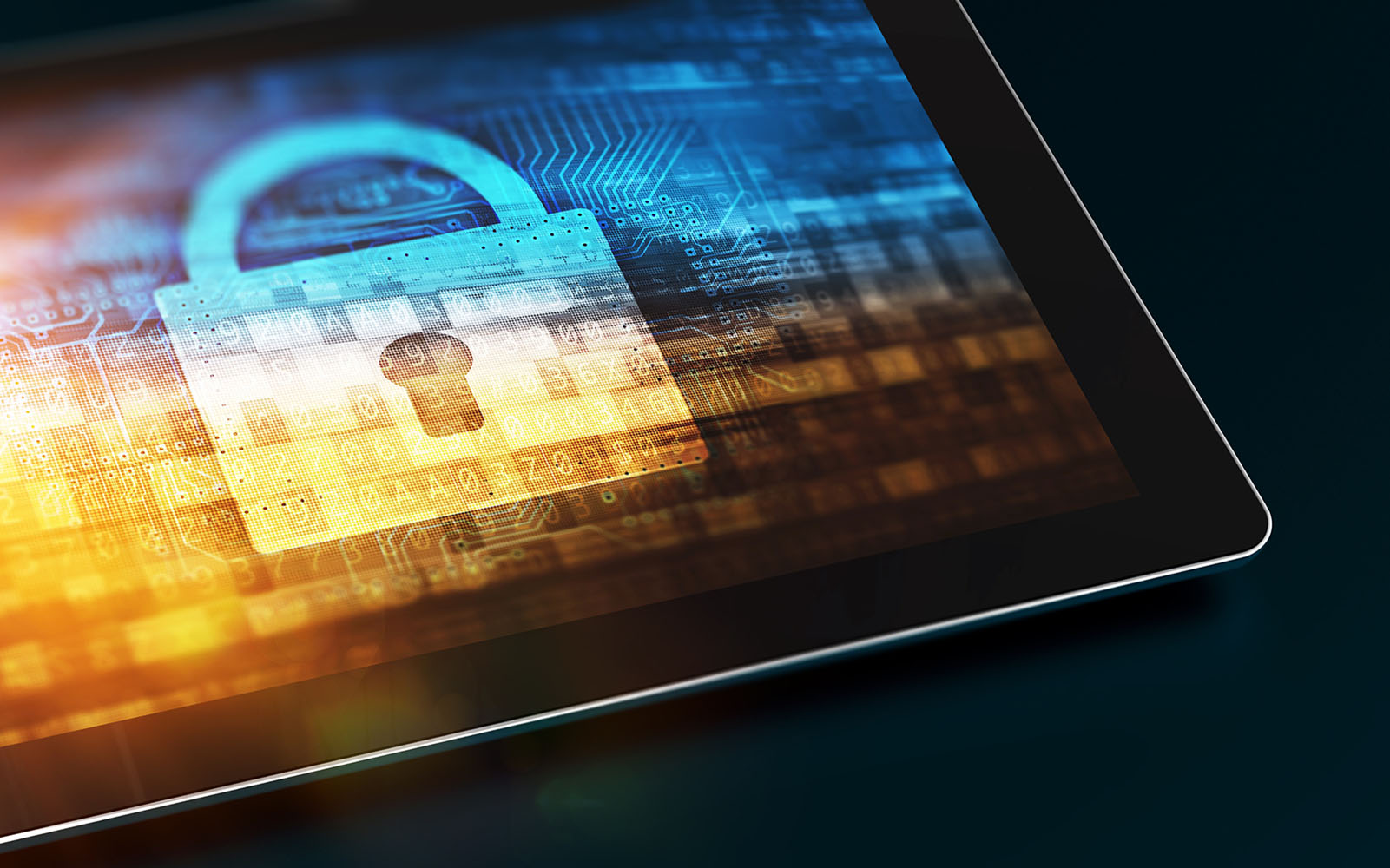There are several methods available for implementing email encryption, each with its own strengths and weaknesses. Here are some common types of email encryption methods:
- S/MIME: Secure/Multipurpose Internet Mail Extensions (S/MIME) is a widely used email encryption protocol that provides end-to-end security. It relies on digital certificates to authenticate senders and recipients, ensuring the integrity and confidentiality of the email.
- PGP/GPG: Pretty Good Privacy (PGP) and GNU Privacy Guard (GPG) are popular encryption methods that use a combination of symmetric and asymmetric encryption. PGP/GPG allows users to encrypt and sign their emails, providing both confidentiality and authenticity.
- Transport Layer Security (TLS): TLS is a protocol that encrypts the connection between email servers, ensuring secure transmission of emails. It is commonly used for securing email communication between different domains.
- Web-based Encryption Services: Some email providers offer web-based encryption services, where the encrypted email is stored on the provider’s server, and the recipient receives a notification to access the encrypted message through a secure portal.
It can be interesting for you – https://reply.io/email-test-for-spam/.
Setting up Email Encryption for Your Communication
Now that you understand the importance and benefits of email with encryption, it’s time to set it up for your communication. The process may vary depending on your email client and the encryption method you choose. Here are some general steps to get you started:
- Choose an Encryption Method: Determine which encryption method suits your needs best. Consider factors such as ease of use, compatibility with your email client, and the level of security required.
- Generate Encryption Keys: If you opt for asymmetric encryption, generate a pair of encryption keys – a public key and a private key. Keep your private key secure and share the public key with your contacts who need to send you encrypted emails.
- Configure Your Email Client: Set up your email client to encrypt outgoing emails automatically. This may involve installing plugins or configuring the email client’s settings to integrate with your chosen encryption method.
- Educate Your Contacts: Inform your contacts about your use of email encryption and provide them with your public key if necessary. Educate them on how to send encrypted emails and emphasize the importance of secure communication.
In conclusion, email encryption is a powerful tool for safeguarding your communications and protecting your sensitive information from unauthorized access. By understanding how email encryption works, leveraging its benefits, choosing the right encryption method, and setting it up for your communication, you can ensure that your emails remain confidential and secure. Take the necessary steps today to fortify your communication against potential threats and enjoy the peace of mind that comes with knowing your information is safe.
Implement email encryption for your communication today and safeguard your sensitive information from unauthorized access.
It can be interesting for you – https://reply.io/best-sales-pitch/.








